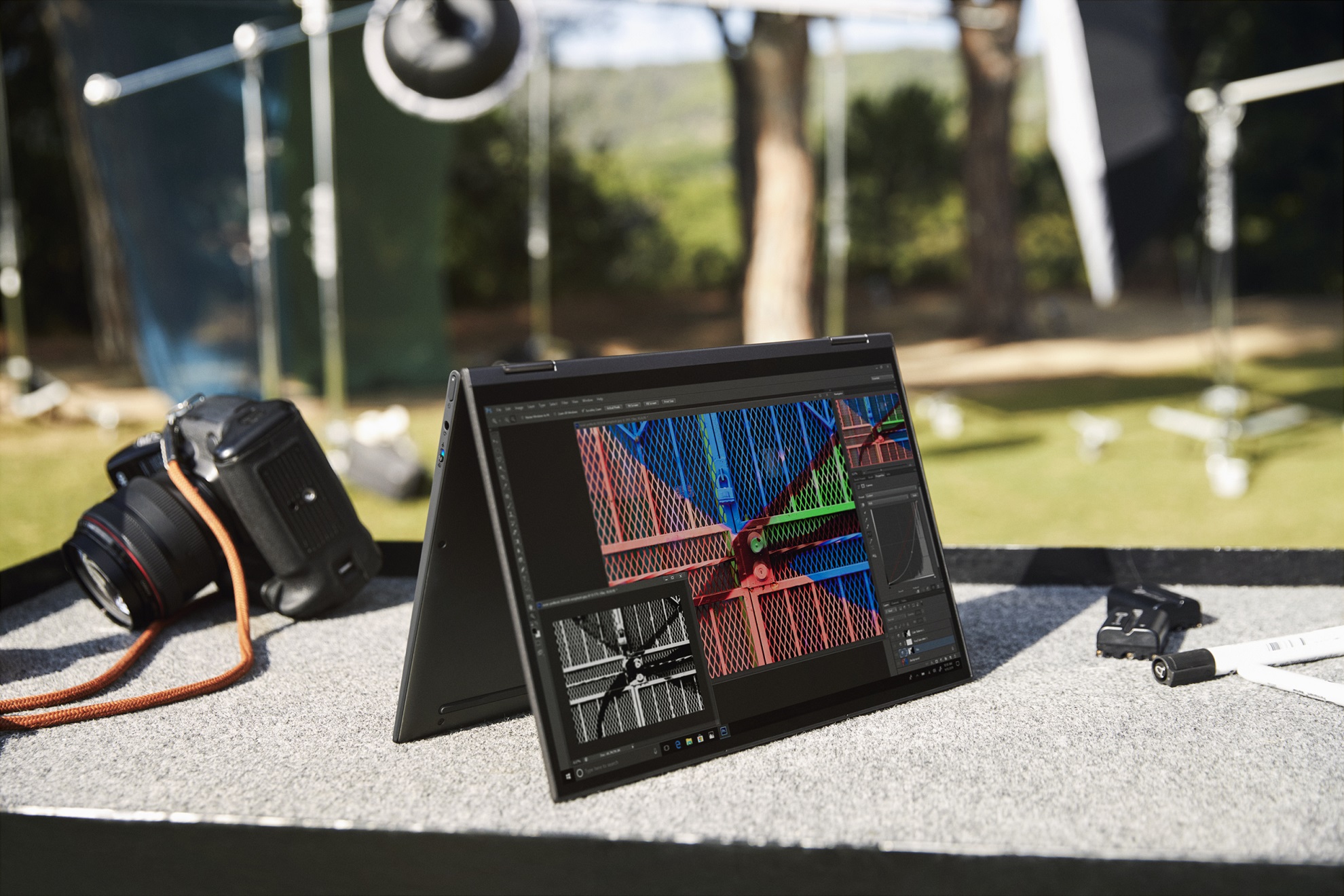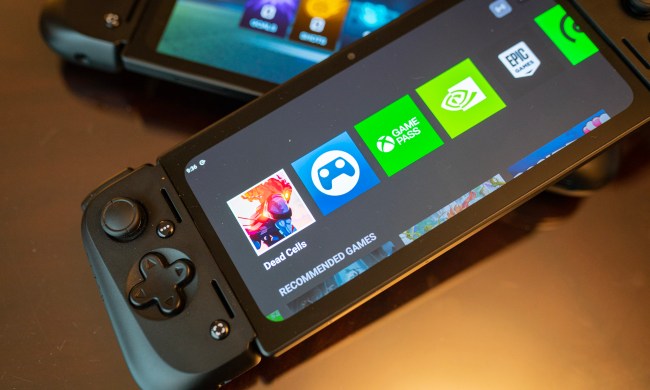The lockdowns haven’t helped the slow rollout of 5G, but new products keep launching that support the faster wireless connectivity. It’s coming in a number of machines over the next several months, but Lenovo has beaten everyone else to the punch with the Flex 5G that goes on sale today — and which is also among the first laptops to ship with Qualcomm’s Snapdragon 8cx chipset.
The Flex 5G is a Windows on ARM 2-in-1 that will come equipped with 8GB of LPDDR4X-1866 RAM, 256GB of UFS 3.0 storage, and a 14-inch 400-nit Full HD (1,920 x 1,080) touch display.
All of this fits into a package that’s 0.58 inches thin and weighs just 2.9 pounds thanks to a mix of aluminum and lightweight magnesium.

Battery life should be a strength, thanks to the power-sipping features of the Snapdragon 8cx — which consumes 60% less energy than Qualcomm’s previous generation chipset — and a 60 watt-hour battery.
As a 2-in-1, the Flex 5G will also enjoy Dolby Atmos sound. Windows 10 Hello password-less login will be provided by an infrared camera located below an inverted notch and facial recognition. Connectivity will include two USB-C 3.2 Gen ports, an audio jack, and a Nano SIM Card slot.
Qualcomm’s x55 5G modem powers the laptop’s connectivity, using millimeter wave (mmWave) technology that can exploit larger bandwidth frequencies. The x55 can also make use of the more usual sub-6GHz frequencies as well as drop-down to multi-gigabit 4G LTE when 5G is unavailable. The Flex 5G uses new patented antenna technology to fit into the thin chassis and support both mmWave and sub-6GHz.
For now, the Flex 5G is available in the U.S., with 5G connectivity provided via Verizon’s network that promises always-connected speeds reaching 10 times as fast as 4G technology — specifically, up to a 2 gigabits per second (Gbps) download speed. Later in 2020, the Flex 5G (also known as the Yoga 5G in some markets) will roll out to the U.K., Switzerland, and China.
The initial configuration will be available from Verizon at $1,399 or $58 a month using Verizon’s zero-interest Device Payment Plan. A one-year Microsoft 365 Personal subscription is also included.


